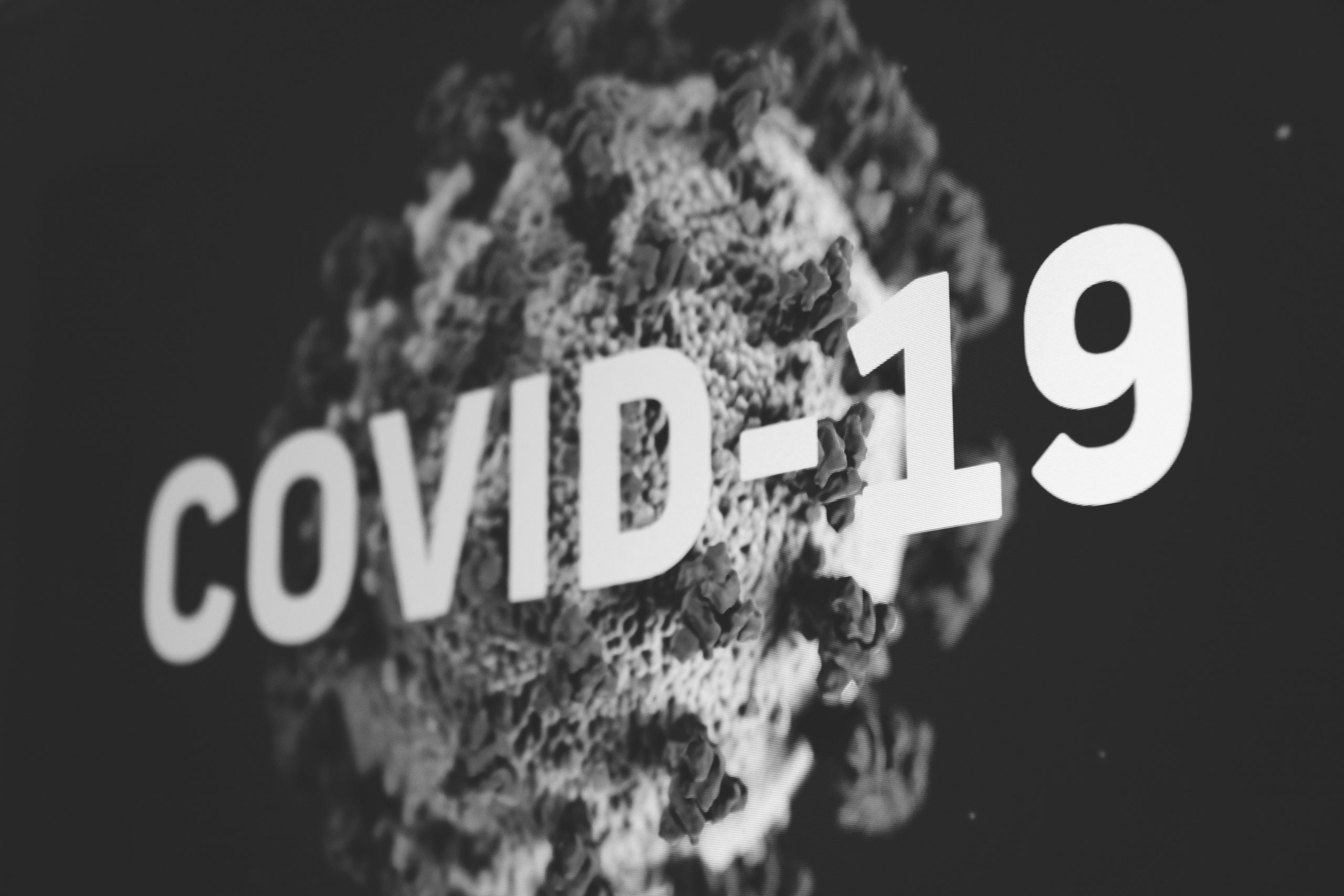
9 juni 2020
Blog COVID-19
Door Raul Gomez Sanchez
At the end of 2019, a series of pneumonia cases of unknown cause emerged in Wuhan (Hubei, China). In January 2020, that disease was identified as severe acute respiratory syndrome coronavirus 2 (SARS-CoV-2), better known as Corona virus disease or COVID-19. That disease has spread throughout the world and caused many problems, not only in the healthcare system, but also in the economic and social aspects (Unemployment, lockdown…).
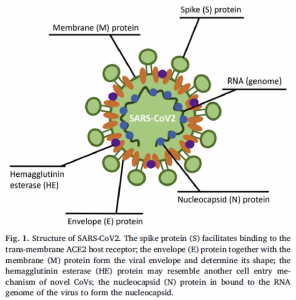
What do we know?
But do we really know what we are facing? In this blog we will briefly review what this virus is and how physical activity influences our body against disease.
Firstly, we must understand the origin of the virus. The First CoVs were described in 1966, thus, this virus family is globally endemic and frequently cause common colds. By their fourth birthday, 75% of children show antibodies of at least one of the seasonal CoVs.
But new Corona viruses have emerged in recent years. MERS-CoV (2012) and SARS-CoV (2002) also caused problems, although they did not go as far as this new virus. Bats seem to be the main host for these viruses, but likely and intermediate host was needed for human infection. In case of COVID-19, the pangolin has been designated as the transmitting source.
COVID-19
COVID-19 is primarily transmitted via respiratory droplets. The virus might pass through the mucous membranes, especially nasal and larynx mucosa. Then, it attacks the organs that express angiotensin converting enzyme 2 (ACE2). But what´s that? An enzyme is a protein that acts accelerating chemical reactions in the cells and ACE2 is an enzyme that is found to a greater extent in lungs, heart, renal system and gastrointestinal tract. For that reason, Corona virus infection might lead to severe symptoms in those systems like pneumonia, acute cardiac injury or renal system injury. It also affects the central nervous system (Might cause anosmia, encephalitis…)
Anyway, most of the people infected have mild symptoms (fever, cough, diarrhoea…) or are asymptomatic. Which means they have no symptoms but can transmit the virus. The median incubation period is around 4-5 days, with symptomatic patients developing symptoms within 11-12 days.
The response of our immune system against the virus has a complex mechanism, but in summary, the viral infection produces an excessive immune response in the host which leads to inflammatory effects, especially in the respiratory system. This overresponse caused for the virus is called “cytokine storm”. It occurs because the virus, in a proportion of infected individuals, shows the ability of evade immune system recognition with a suppression of the antiviral-signaling elements of our immune system. At a later stage, our body detects the virus but, as we said before, it triggers inflammatory mechanisms leading to severe symptoms and in the worst cases, death.
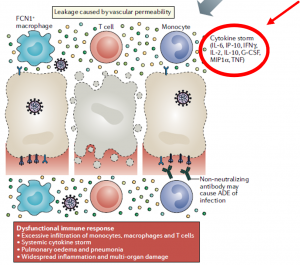
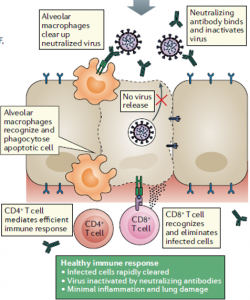
The severity of symptoms is correlated with age (>65 years), diabetes, hypertension, obesity and previous illnesses. Male sex seems to be more affected. One of the theories about this is a greater number of ACE2 (The enzyme we talked about before) in men than in women and children, so men would be more prone to contagion.
Now that we know certain important things about the virus, an important question arises: What can we do against disease and virus infection?
Governments have had to take action against the spread of the virus as confinement, social distance, hygienic measures… Even so, the virus continues to spread worldwide. But, until now, no antiviral treatment or vaccines have been developed (treatment is only symptomatic, being oxygen therapy the major treatment intervention for patients with severe infection). Therefore, in infected people, the only way to eliminate the disease is through their own immune system.
Exercise
As scientific research has shown, high cardiorespiratory fitness and moderate intensity aerobic exercise training improves various immune markers in diseases as cancer, HIV, cardiovascular disease, diabetes, cognitive impairment and obesity. It also improves immune responses to vaccination and lower chronic low-grade inflammation, which is associated with some of the diseases we just mentioned above. Hence, our immune system will be benefited with physical activity. The ways to improve our physical condition are exercise, good nutrition, smoking cessation and minimize alcohol consumption. At BijCas, as physical therapists, exercise will be our focus.
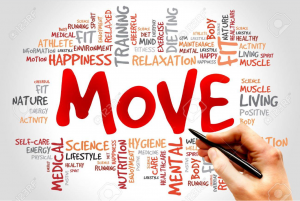
An exercise program must include aerobic, strength and flexibility training. Professional advice is important to achieve your goals while injuries are prevented. Poor performance in exercises, overexertion and wrong planification might lead to an injury, which will make us stop physical activity, impairing our immune system. A physiotherapist or professional trainer will help you to improve in a faster and safer way with a program that includes all your needs.
Professional athletes should be aware of the consequences of a contagion. In addition to the risks to their health, there is also a performance impairment. In case of fever, training must be suspended because physical activity during febrile infection can be dangerous, it can contribute to dehydration and hyperthermia (too high body temperature) and in some cases might be lethal. Recommendations on return to physical activity varies from start again once the fever has resolved to 14 days after symptoms resolution.
After high intensity activity, some scientific research has shown loss of efficiency of the immune system impairing its effectiveness due to the acute effects of training, what is called an “open window” of infection risk. On the other hand, high performance athletes´ immune system seems to be adapted to the training, producing a smaller decrease in its efficiency. It is not clear how strenuous exercise affects high level athletes; however, they should be careful if they are going to perform high intensity sessions.
Example of FIIT-VP exercise program:
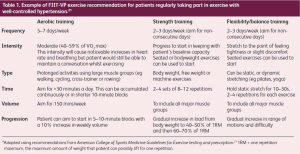
Return to play must be progressive and with a good planning to avoid injuries and excessive fatigue in the first weeks. Especially careful should be athletes who have been sick with COVID-19 due to the detrimental effects of detraining and disease, such as loss of muscle strength and cardiorespiratory fitness. Again, professional advice will be very helpful.
Finally, we would like to let people know that an active life with healthy habits is the best way to prevent any type of disease while improving quality of life. Physical inactivity is becoming another pandemic that we should solve and depends solely on ourselves.
Exercise is medicine, we all should know.
For more information or references contact Raul, at raul@bijcas.com
Bronnen:
Figure 1. Susanna Felsenstein; Jenny A. Herbert; Paul S. McNamara; Christian M. Hedrich. COVID-19: Immunology and treatment options. Clinical Immunology 215 (2020)
Figure 2. Matthew Zirui Tay; Chek Meng Poh; Laurent Rénia; Paul A. MacAry; Lisa F. P. Ng. The trinity of COVID-19: immunity, inflammation and intervention. Nature reviews (2020)
Figure 3. 123RF.com
Figure 4. Irfan Ahmed. COVID-19 – Does exercise prescription and maximal oxygen uptake (VO2 max) have a role in risk-stratifying patients? Clinical Medicine, Vol 20 (2020)